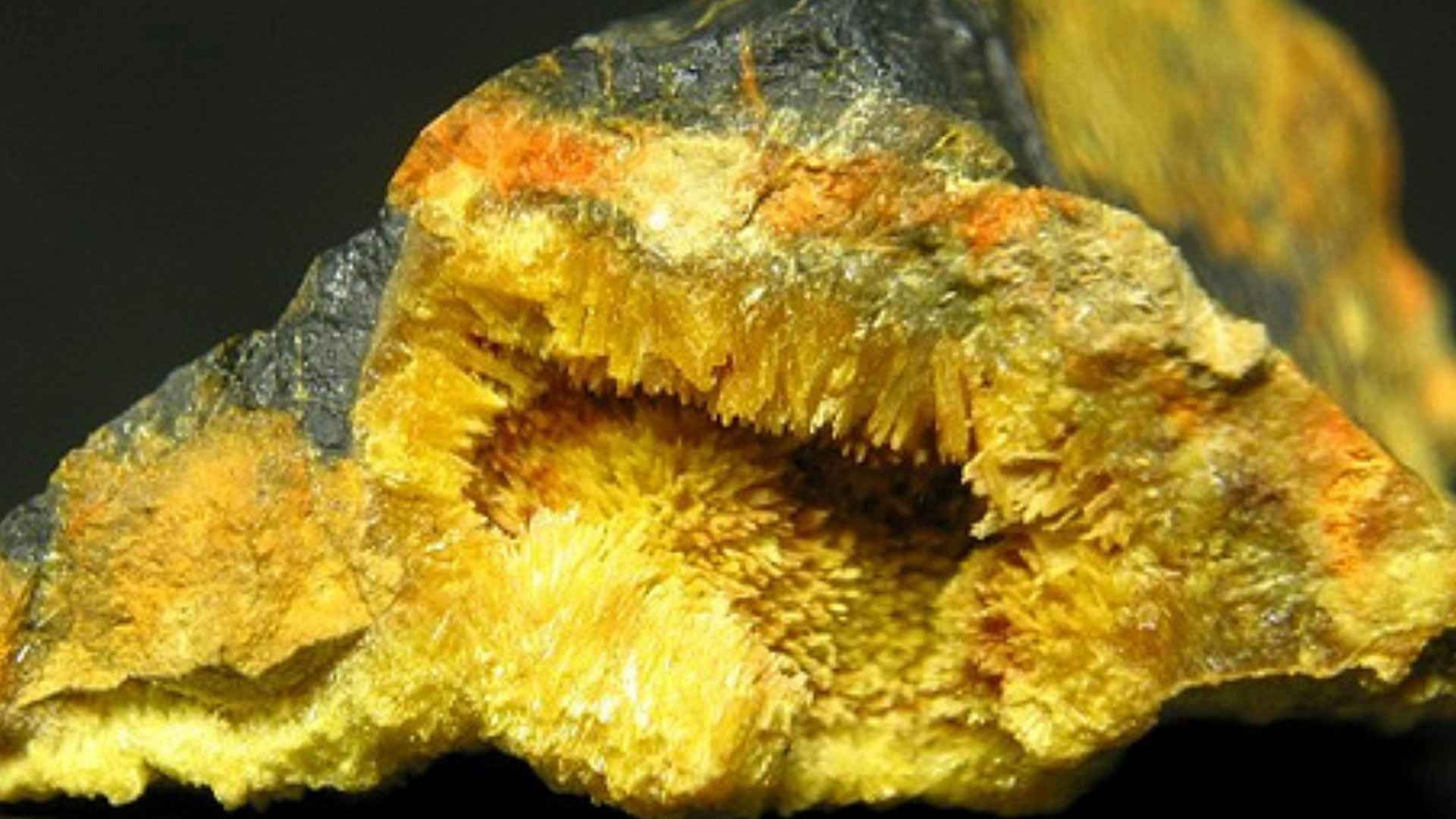Beijing confirms a vast Ordos Desert reserve big enough to end its reliance on U.S. uranium, a move that could rattle prices and rewrite nuclear-energy politics.
China just pulled an energy ace from its sleeve. The China Geological Survey has verified a 30-million-ton uranium cache in the Ordos Desert of Inner Mongolia—enough raw fuel to cover decades of reactor demand without a single overseas shipment. Roughly 57 reactors are humming across the mainland, with dozens more on the drawing board. Until now, most of that fuel came from foreign mines, many of them in North America and Central Asia.
How the Ordos desert discovery rewrites china’s path to energy independence
For Beijing, homegrown uranium is more than a windfall—it is strategic insulation. By swapping imports for domestic ore, China shields its grid from sanctions, shipping snarls, and currency swings. Analysts already see Beijing trimming long-term procurement contracts, signaling a pivot from “buyer” to “benchmark setter.” Could Washington lose its best customer? Quite possibly.
Why America and other exporters could feel the market tremble soon
Expect ripple effects fast. When a top importer turns inward:
- Spot prices soften. A larger global surplus usually nudges per-pound quotes lower.
- Exploration heats up elsewhere. Nations with under-tested basins—from Namibia to Saskatchewan—will rush to replicate China’s sandstone success.
- Supply chains reshuffle. Fabricators tied to U.S. ore may chase Asian clients as Chinese utilities lock in domestic stock.
Still, China’s self-sufficiency may spur healthy competition rather than collapse. After all, international reactors—France alone needs roughly 8,000 tons a year—will soak up some excess.
From sandstones to reactors: the technology that unlocked hidden nuclear treasure
Wind-blown sandstone once looked barren. Then, in 2021, Chinese geologists layered 3-D seismic scans over legacy oil-and-gas borehole data, pinpointing uranium trapped between fine grains. Drilling confirmed an ore belt stretching hundreds of square miles.
| Pressure Point | Pre-Find Status | Post-Find Outlook* |
|---|---|---|
| China’s annual imports | ~70 % of demand | Below 20 % by 2030 |
| Global spot price (U₃O₈) | $85/lb (April 2025) | Potential $5-$10 slide |
| New exploration permits worldwide | Steady | Spike expected in 2026 |
Will this discovery cool uranium prices for good? Not necessarily. Rising reactor fleets in India, the Gulf, and even the U.S. could soak up any dip, keeping the yellowcake market lively.
What should policymakers and investors do next to stay ahead of the curve
First, Washington and Ottawa may need to court alternative buyers—or diversify into advanced fuel services. Second, utilities everywhere should stress-test procurement plans against a more volatile spot market. Finally, environmental regulators must watch China’s mining footprint; desert extraction poses unique water-use challenges.
China’s Ordos treasure changes the conversation from “Can Beijing keep the lights on?” to “How will the rest of the world react?” For now, one thing is clear: a stretch of sand once seen as empty just redrew the nuclear-energy map.

